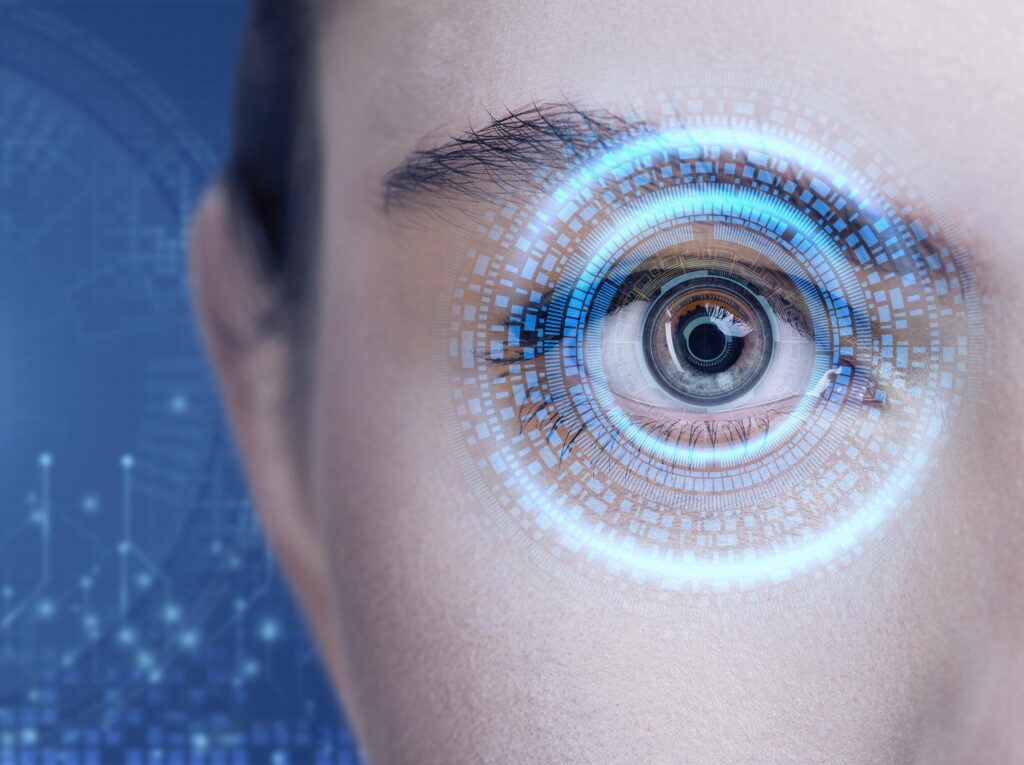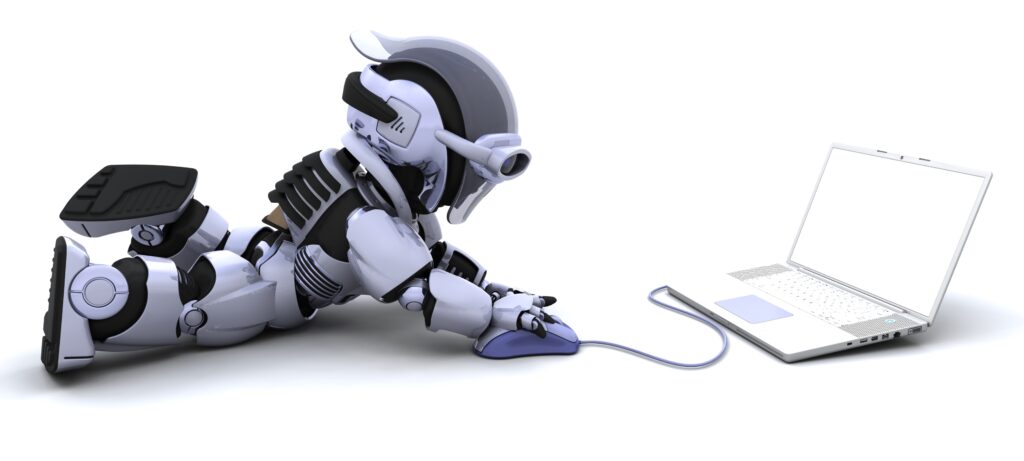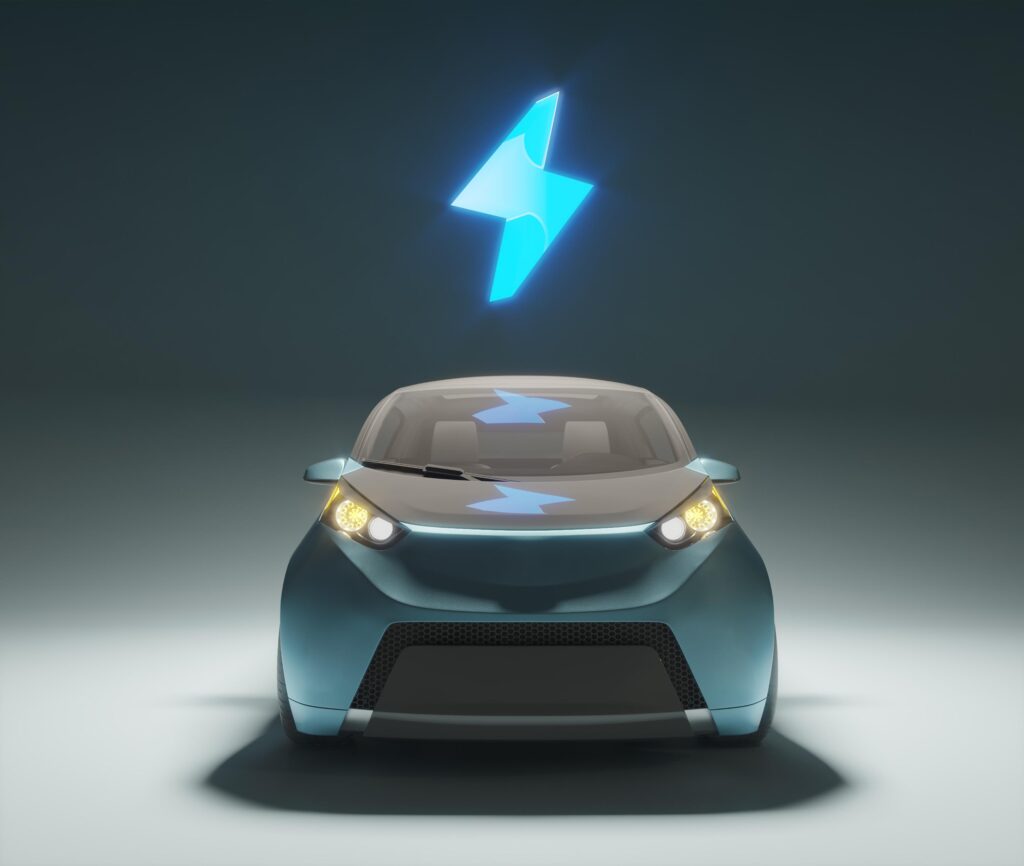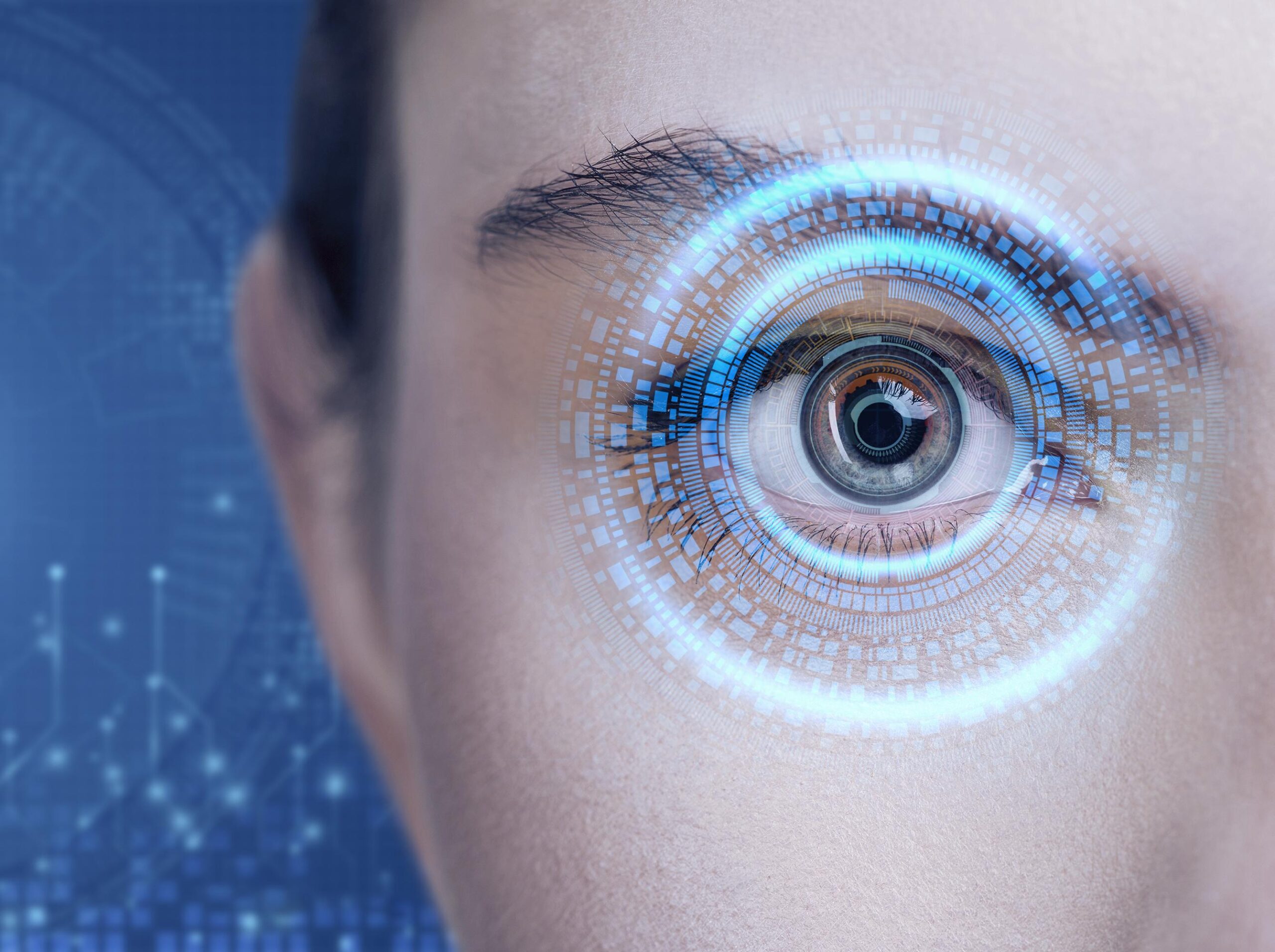What is Technology?
According to the Oxford Advanced American Dictionary, technology is scientific knowledge used in practical ways in industry, for example in designing new machines. There are various uses of technology in various fields like medicine, education, engineering, music and film industry, science projects, software development, and many more.
Future technology:
It is a kind of technology that does not exist yet, but scientists are working hard on them to make them available in a short period in the future. The examples of future technologies are:
1. Artificial Eyes
Engineers from Hong Kong University of Science and Technology and UC Berkeley have built an artificial eye for humans with its advanced technology, that will help blind people. It looks the same as the human eye look. It also carries the ability to surpass its image sensing capabilities.
Researchers at Montash University in Australia are researching on technology. And trials for the upcoming technology are being conducted continuously whereby users have to wear a pair of glasses fitted with a camera. It has 30 more photoreceptors when compared to human eyes. The image made by artificial eye technology closely resembles the image made by the normal
human eye’s retina. It is a much-advanced technology that it can even sense and detect with a good deal of precision.
Here Are Some Benefits Of Wearing Artificial Eyes:
- It allows the body to function properly.
- It allows the eye socket to retains its proper shape and size that help your body to feel that your real eyes are still there.
- It acts as a way to complete your appearance.

2. Energy Storing Brick
Science and technology have always done incredible inventions in every field. And now Scientists are doing researches on storing energy in the bricks that are used to build houses. These bricks store renewable energy when connected to solar panels. Bricks are made by such an advanced upcoming future technology that enables the storing process. They resemble the looks of normal bricks but the main difference is that the energy-storing bricks include some science and technology-related things.
- Researchers stated that it has enough energy that it would take only 50 minutes to power up the emergency lighting of a building.
- The brick capacitors can be recharged a couple of times within short periods without any difficulty.
- It would take only 13 minutes to charge 50 capacitors.
3.Living Robots:
Tiny hybrid robots made using stem cells from frog embryos could one day be used to swim around human bodies to the specific area requiring medicine or to gather microplastic in the ocean. We can’t call them a traditional robot or a known species of animal. It’s a new class of artefacts that we can call: a living, programmable organism.

4. Heart Monitoring T-Shirt
Wearable sports brands that measure your heart rate are nothing new, but recent studies have shown the accuracy varies widely. Now, scientists have launched a new t-shirt that measures the heart rate of humans. This new shirt from the sensible materials company accurately measures our heartbeats and uploads them to the cloud via Bluetooth. The algorithms that exist in the advanced technology-based t-shirt process the data with full accuracy to detect heart rate/pulse, which could prove life-saving to a person. By wearing a smart t-shirt, you will get to know about many things like:
- The problem in your body leading to chest pain and thereafter.
- Possibility of getting a heart attack (increase or decrease in blood pressure).
- Your current level of stress and fatigue.
- Breathing rate and volume.
- Your sleeping position.
- Calories you have burnt.
- And many more things…
5. Human Powered wearables
Many types of research are based on store energy and then convert the energy into electricity. Scientists are searching out a way to harvest some of the energy that humans spend when they do exercise and turn it into electricity. Researchers at the University of Colorado, Boulder, believe their technology could be treated as heart-rate monitors or fitness trackers.
The team has fit thermoelectric generators into stretchable film bands that can be worn around the wrist just like we wear normal watches around our wrist. They cost less than $10. As they are made from a liquid metal and polymer, so they can be treated both as self-healing and easy to recycle.
6. Self Driving Trucks:
We have almost got used to the idea of driverless cars before we have ever seen them on the roads. Companies like Mercedes and Pelton are ready to explore all these possibilities. They are also called autonomous cars because they don’t need any driver to drive. Tesla Company has already launched the world’s first driverless car. It was a massive success for the company. There are countless advantages of self-driving cars, which include:
- People with disabilities can travel from one place to another, without depending on the driver itself.
- People who don’t know how to drive a car can also make use of this technology.
- People can perform various tasks by sitting in the car because they don’t need to drive.
Fewer crashes and accidents will be there.

7. Robotic Guide Dogs:
A student has designed a robotic guide dog that will help support visually impaired people or blind people who are unable to afford real doggies. With the help of this technology, blind people have no fear of room e and there. They will be able to go anywhere they wanted to go.
Guide dogs offer social, physical, and mental benefits. The device is used to produce real-time online data, such as traffic density, weather to guide users accurately and safely to their destination.
8. Sweat Powered Smartwatch
Engineers at the University of Glasgow have developed a new type of supercapacitor watch. Its work is to store energy, by replacing the electrolytes which were found in conventional batteries with sweat. It can be fully charged with as little as 20 microliters as fluid and is robust is enough to survive 4000 cycles of the type of flex. A wearable sensor that detects sweat and sends the biometric data to a smartphone in real-time. The engineers are trying to add more sensors in the future and have already applied for patents on their invention sweat detecting technology.

9. Self-healing living concrete
Scientists have developed self-healing living concrete by using sand, gel and bacteria. Researches said this building material has a structural load-bearing function, is capable of self-healing and is more environmentally friendly than concrete-which is the second most-consumed element on earth after water. It was largely inspired by natural body processes like how broken bones heal through mineralization. It would be a magnificent upcoming future technology that will be used very frequently.
10. Artificial neurons on a silicon chip:
Scientists have found a way to attach artificial neurons to a silicon chip, mimicking the neurons in our nervous system and copying their electrical copies. Artificial neurons behave like the real thing that has been invented by scientists so far, we can’t differentiate whether it’s human-made or natural. Scientists have been attempting to invent such kind of technology for a long time.

Such kind of technology can be useful in a wide variety of diseases and conditions like:
- Replace damaged neurons.
- Spinal Cord Injuries.
- Dysfunctional neurons.
- Brain disease.
- Heart disease.
Author Bio: Navdeep Kaur is working as a content writer at AS Webworks that is the best web development company in India.
Guest Post Service By www.guestarticlehouse.com




